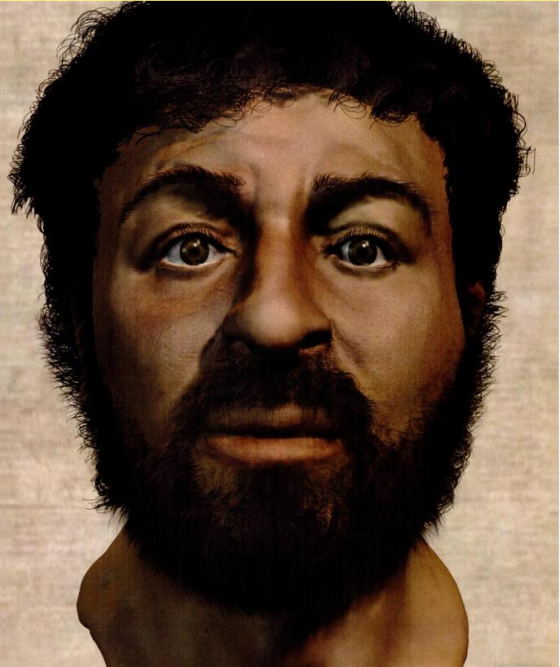
The Sunday Mail

We have discovered the arrest and trial of Yahoshua the Nazarene as an ignorant invention.
Let us examine the method of his execution.
“Crucifixion was a Roman form of execution reserved purely for non-Roman citizens as punishment for three crimes: attempted escape from slavery; brigandage or piracy; and sedition against the Roman Empire.
“(Yahoshua) was not an escaped slave and was not a brigand or pirate. So this means he was seen (by Rome) as a (rebellious nationalist) against the Empire.” (A reader on www.quora.com)
According to the Christian authorities, Yahoshua the Nazarene was crucified on a “cross.” Is this true?
The English noun “cross” is derived from the Latin “crux”, whose Greek equivalence is “stauros”.
This means an upright stake or pole, on which anything might be hung or which might be used in fencing.
Amongst the Romans, crux was an upright pole.
According to Strong’s Greek Concordance #4716, “stauros” means an upright stake or post. Thayer’s Lexicon #4716 says “stauros” means “an upright stake”.
The English verb “crucify” is derived from Greek “stauroo” which means, “to stake, drive down stakes, fortify with driven stakes, to palisade”.
A stauros is “a stake or post (as set upright), i.e. (specially), a pole or cross (as an instrument of capital punishment)”.
“A Greek-English Lexicon” by Liddel and Scott defined a stauros as “wood cut and ready for use, firewood, timber, etc. . .piece of wood, log, beam, post. . .cudgel, club. . .stake on which criminals were impaled. . .of live wood, tree”.
This symbolically represented “unspeakable pain, humiliation and suffering”.
The four Christian Gospels were first written in Greek and they state that Yahoshua was crucified on a “stauros” (Mark 18:21, Matthew 27:32, Luke 23:26, John 19:17).
Stauros has been consistently translated in the New World Translation as “torture stake” and never as a “cross”.
A stauros is the place on which Yahoshua would have been afixed and executed since as a Greek word it meant a vertical pole without a crossbar.
Crucifixion was the impaling of a person on an upright pointed stake.
In Roman times, of which Yahoshua is said to have died, dying by crucifixion meant any death accomplished by suspending a body from a fixed pole, by either ropes or a combination of ropes and nails.
Scourging always preceded Roman crucifixion, after which the criminal carried his own pole to the place of execution.
This form of capital punishment was used by the Romans from about 6th century BCE to the 4th century CE.
A meeting of 327 Church of Rome bishops, the Sixth Christian Ecumenical Council in Trullan (often called Trullan Synod) under Pope Adrian I during the reign of Constans II Pogonatus, officially adopted the contemporary Christian cross in 692 CE.
It was adopted through Canon 82 of the Trullan Council at the emperor’s palace in Constantinople.
The canon read, “Instead of a lamb, the figure of a man nailed to a cross should be the distinguishing symbol of the Christian religion.” It was decreed that the “the figure of a man fastened to a cross be now adopted”.
The oldest artistic representations of the Christian cross depict a figure of a lamb (Aries).
The practice of symbolising Yahoshua by a lamb continued until it was decreed by the Church of Rome that, instead of the ancient astrological symbol of Aries the lamb, all crosses depicted in art should be combined with the figure of Yahoshua.
The retiring of the lamb as the main Christian symbol, translated from the Latin, is as follows: “In certain representations of the images of the saints, a lamb is portrayed.
“We, therefore, accepting the old forms and shadows as signs of the truth and as traditional symbols of the church, prefer Grace and Truth, which we accept as the fulfilment of the Lamb.
“So, that which is perfect, let us place in pictures, even before the eyes of all.
“We have decreed that the Lamb, which taketh away the sins of the world, Christ our (Divine), ought to be portrayed henceforth in human form in place of the Lamb.” (Godfrey Higgins, “Anacalypsis, Vol 2”)
Higgins (1772-1833) was an archaeologist, humanist, social reformer and author.
Yahoshua was hung on an upright stake and not the cross as depicted by Christianity today.
There is not a single sentence in the Christian Scriptures in the original Greek texts with any evidence that the stauros used in the case of Yahoshua was anyhting other than an ordinary stauros.
Christian authorities changed the meaning of stauros from one piece of timber to two pieces nailed together in the form of a cross.
Feedback: email [email protected], Twitter @shingaiRndoro. A gallery of previous articles, www.sundaymail.co.zw/author/shingairukwata



